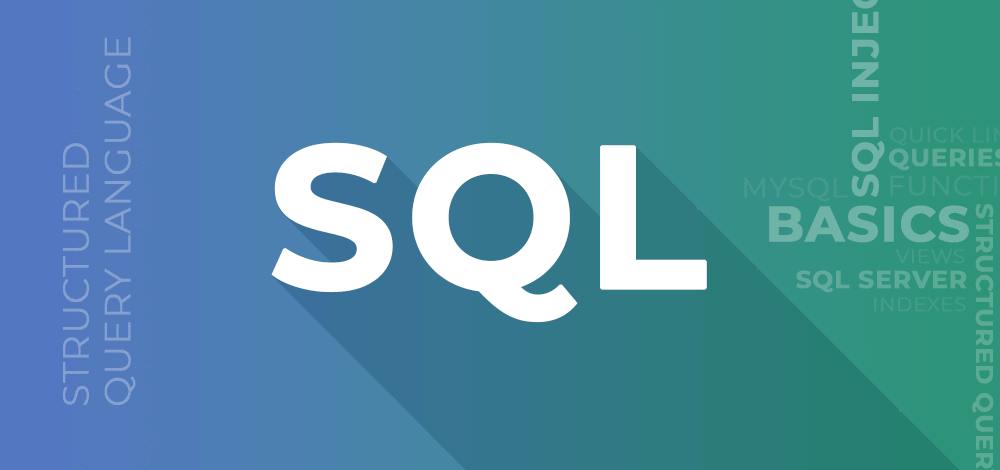Here is the list of SQL Advanced Concepts for Data Analyst Interviews:
1. Window Functions: Gain proficiency in window functions like ROW_NUMBER(), RANK(), DENSE_RANK(), NTILE(), and LAG()/LEAD(). These functions allow you to perform calculations across a set of table rows related to the current row without collapsing the result set into a single output.
2. Common Table Expressions (CTEs): Understand how to use CTEs with the WITH clause to create temporary result sets that can be referenced within a SELECT, INSERT, UPDATE, or DELETE statement. CTEs improve the readability and maintainability of complex queries.
3. Recursive CTEs: Learn how to use recursive CTEs to solve hierarchical or recursive data problems, such as navigating organizational charts or bill-of-materials structures.
4. Advanced Joins: Master complex join techniques, including self-joins (joining a table with itself), cross joins (Cartesian product), and using multiple joins in a single query.
5. Subqueries and Correlated Subqueries: Be adept at writing subqueries that return a single value or a set of values. Correlated subqueries, which reference columns from the outer query, are particularly powerful for row-by-row operations.
6. Indexing Strategies: Learn advanced indexing strategies, such as covering indexes, composite indexes, and partial indexes. Understand how to optimize query performance by designing the right indexes and when to use CLUSTERED versus NON-CLUSTERED indexes.
7. Query Optimization and Execution Plans: Develop skills in reading and interpreting SQL execution plans to understand how queries are executed. Use tools like EXPLAIN or EXPLAIN ANALYZE to identify performance bottlenecks and optimize query performance.
8. Stored Procedures: Understand how to create and use stored procedures to encapsulate complex SQL logic into reusable, modular code. Learn how to pass parameters, handle errors, and return multiple result sets from a stored procedure.
9. Triggers: Learn how to create triggers to automatically execute a specified action in response to certain events on a table (e.g., AFTER INSERT, BEFORE UPDATE). Triggers are useful for maintaining data integrity and automating workflows.
10. Transactions and Isolation Levels: Master the use of transactions to ensure that a series of SQL operations are executed as a single unit of work. Understand different isolation levels (READ UNCOMMITTED, READ COMMITTED, REPEATABLE READ, SERIALIZABLE) and their impact on data consistency and concurrency.
11. PIVOT and UNPIVOT: Use the PIVOT operator to transform row data into columnar data and UNPIVOT to convert columns back into rows. These operations are crucial for reshaping data for reporting and analysis.
12. Dynamic SQL: Learn how to write dynamic SQL queries that are constructed and executed at runtime. This is useful when the exact SQL query cannot be determined until runtime, such as in scenarios involving user-defined filters or conditional logic.
13. Data Partitioning: Understand how to implement data partitioning strategies, such as range partitioning or list partitioning, to manage large tables efficiently. Partitioning can significantly improve query performance and manageability.
14. Temporary Tables: Learn how to create and use temporary tables to store intermediate results within a session. Understand the differences between local and global temporary tables, and when to use them.
15. Materialized Views: Use materialized views to store the result of a query physically and update it periodically. This can drastically improve performance for complex queries that need to be executed frequently.
16. Handling Complex Data Types: Understand how to work with complex data types such as JSON, XML, and arrays. Learn how to store, query, and manipulate these types in SQL databases, including using functions like JSON_EXTRACT(), XMLQUERY(), or array functions.






